|
Two walks feature in an upcoming micro published book and exhibition in Bath. Find another Bath 44AD November 15 -20. The Plaqued and the unPlaqued was a wayfaring experience in the enchanted city discovering who got tagged in Bath's late Victorian plaquing frenzy. We shared knowledge and quizzed passers by as to who these people were and what they did and why there were in Bath. We also explored some of those who didnt get plaques, many of Baths Last Legal Slaveowners were keen to be memorialised in death but even the infamous William Beckford although he gets the plaque it does not record the source of his vast wealth. Our addiction to sugar, obesity and diabetes could be considered a part of his legacy. Some strange neighbours for William Wilberforce and Jane Austen. From the Unplaqued a further walk takes us To The Burial Grounds,: from a wooded and picturesque Victorian graveyard where more of Bath's great and good are buried and memorialised to the workhouse field on the edge of town. Here in the Bath Union Workhouse burial ground over 3000 men, women and children are buried without memorials or a even plaque on the site. Lumps in the grass mark last resting places. For the efficiency of the grasscutting even an evolving central cluster of random stones has recently been removed. Here Lorna Brunstein made a small and moving performance, "From Field to Plate' which is documented for FindanotherBath. as " such lovely earth to lie in" bearing witness at the end of the walk.
0 Comments
Winter closes in on refugees crossing Europe, tragic events in Paris and under reported terror attacks elsewhere force us to think about the world we live in and the world we want to live in. Thinking about making the walk in Germany, refugees and the resonances we want to generate. In researching and planning the walk in Germany one of our key contacts has been Peter Jackson. Peter was on National Service in Lower Saxony in the 1950’s when the area was receiving displaced people, refugees, caught up in the massive post war migration and housing them in the same buildings that had been used during WW2 for forced labour. Whilst there Peter came across the Jewish women's camp at Ovelgönne, ironically named ‘Walsdeslust’. Layer upon layer of memory and history: last week Peter photgraphed a memorial to those refugees from parts of Germany that became Poland who had made their homes locally. Second generation and third generation refugees, survivors, witnesses, liberators, jailers, perpetrators...the memories mix, the stories intertwine like the routes on our map. Peter saw the physical remains of the slave labour camp where Esther was held and from where the death march she survived started. More than a shadow on the map now, an old shed shrouded in weeds and memories, what traces might be here? He met with an old man who as a boy remembers the inmates and guards with guns. On the site of the slave labour camp there is indeed a Garden Centre and it does indeed grow orchids. Somewhere in there to be unpicked is a motif and metaphor as powerful as the lion and the beehive on the Tate and Lyle’s Golden Syrup tin. Two walks, two stories of subjugation and appropriation: out of strength a certain sweetness, out of death a strange beauty. In the face of blood and fear and bullets this is the time to be making gestures of love and solidarity; reminding ourselves of the values of internationalism and human rights. If we can do nothing else we can walk in witness. Esther was liberated from Belsen to Sweden to become a refugee, beginning another long journey into exile.
A project in three phases: it begins with a challenge, memories and a line. Resonances.
The line of a Nazi Death March to Belsen transposed to Somerset. A walk about time and the land, exile and belonging, the drift of memory and forgetting, memorialising in an era dense with anniversaries. April 14-15 2015: A 2 day walk as close as possible to that line. Where the walk intersects the line, interventions. An intimate performative walk-in-witness exploring resonances from the 70th anniversary of the liberation of Belsen. July 13-19 An exhibition of documentation of documentation and new work at 44AD Gallery, Bath BA1 1NN February 2016: A performative walk-in-witness on the original death march route from slave labour camp to Belsen. 71 years later. Interventions. Resonances. The first phase is done and we gather our thoughts: First day of walking social media trails, more starting points, glimpses:
and via Social Hiking bringing on tweets from some other walkers:
|
Archives
February 2024
Categories
All
|
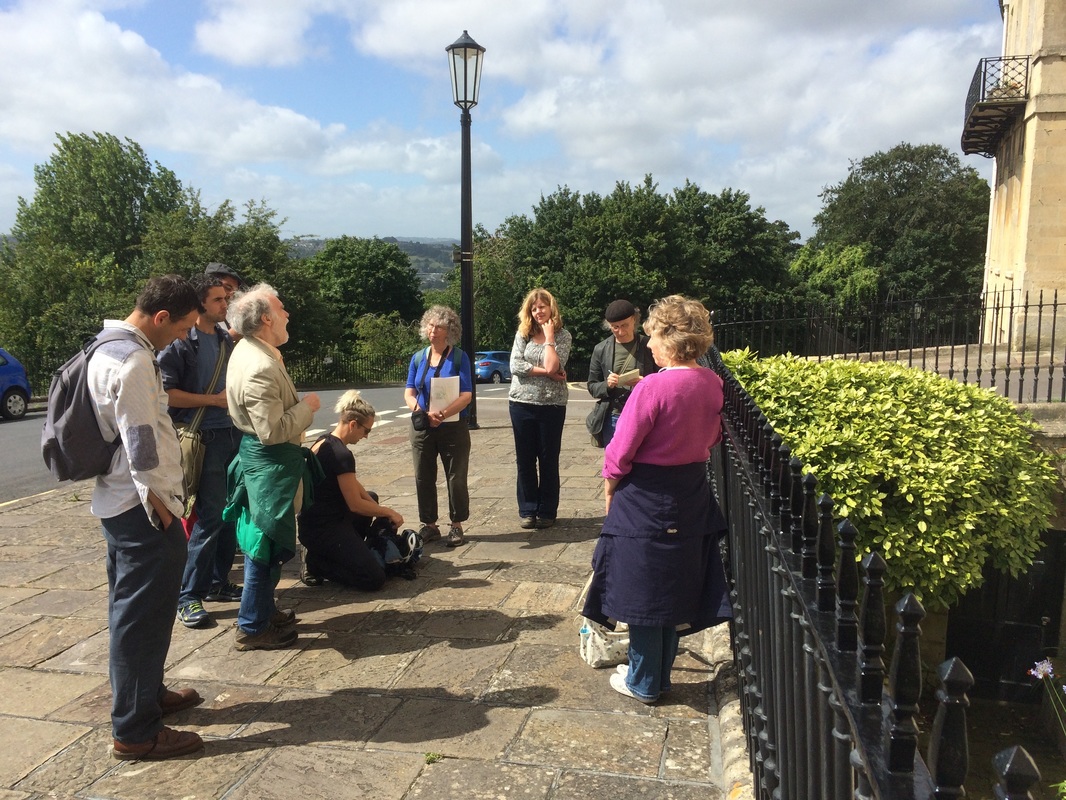
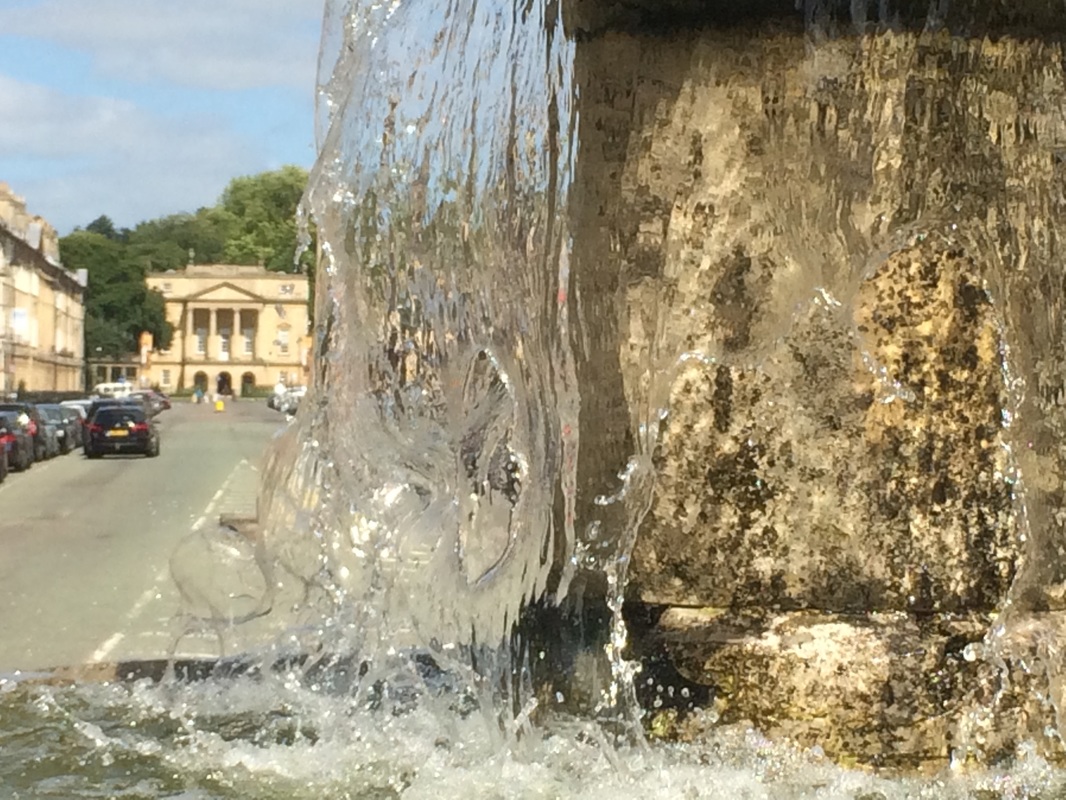


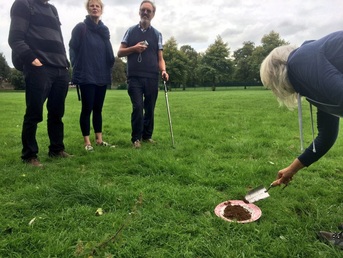

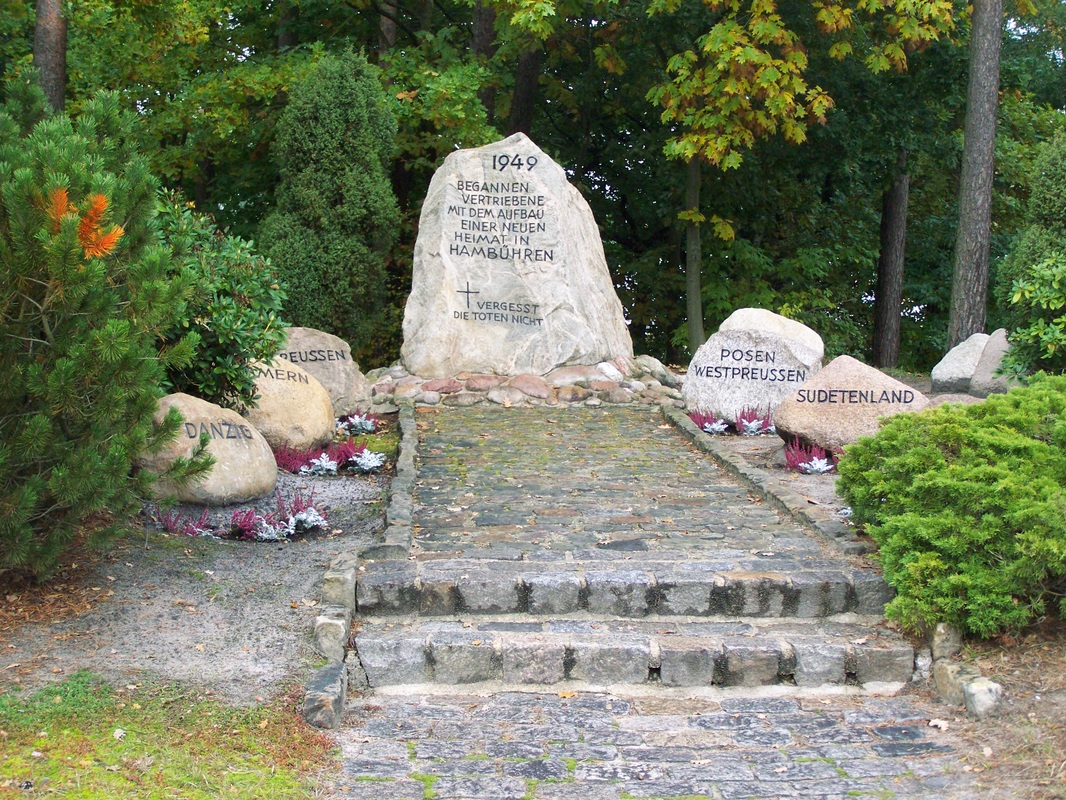
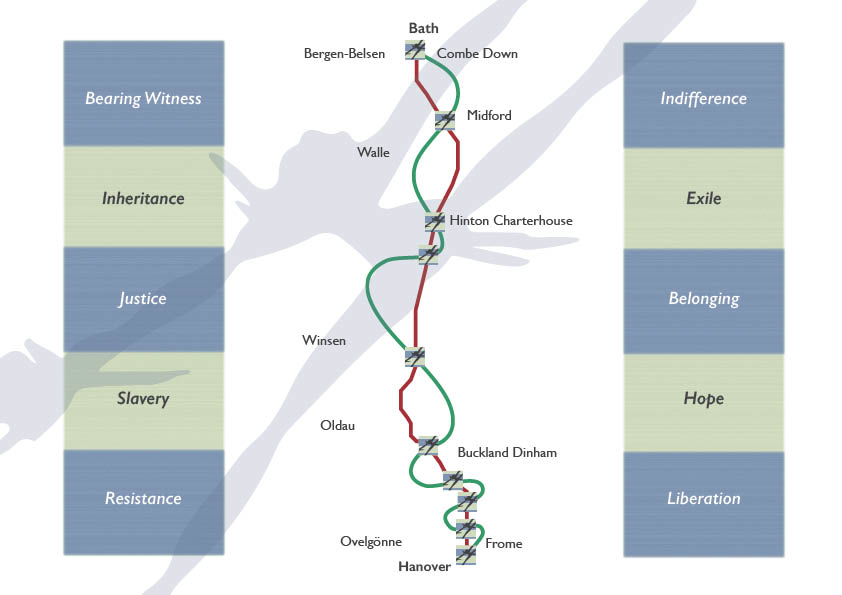


 RSS Feed
RSS Feed